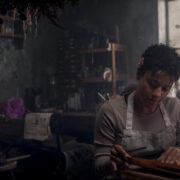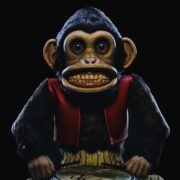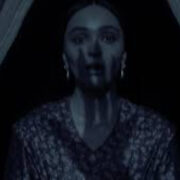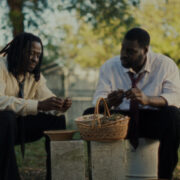The Modern Curse Of Truth-Based Horror
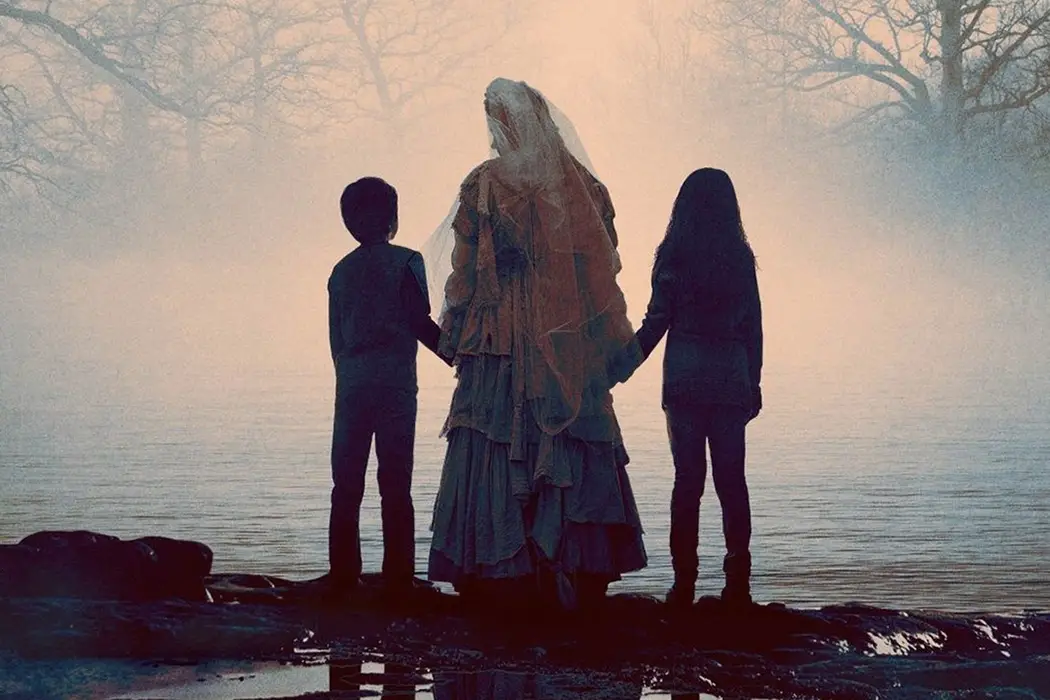
Andrew Stover is a film critic/writer from the Chicagoland. His…
Recently, a horror movie based on a Mexican folktale was released. Michael Chaves‘ The Curse of La Llorona (kind of, but not really) follows the legend of a young woman named Maria in a rural village. Known for her beauty, Maria allures an opulent nobleman, they get married and have two sons. Woefully, the married couple’s love gradually diminishes, and the nobleman finds himself tempted by a younger woman — essentially leaving Maria and his two sons behind to chase the forbidden love he’s encountered. Out by jealousy and rage, Maria drowns her two sons.
Realizing the gravity of what she has done out of rancor, Maria searches frantically for her kids, but the river has already carted them away from her grasp. Maria is then found dead, but the afterlife is not forgiving of her impetuous actions. Questioning the whereabouts of her children, the afterlife anathematizes Maria’s entrance into heaven until she finds her children. Maria now spends eternity looking for them.
Still haunted by the death of her children, Maria now weeps for her kids, hence the reason why she’s given the name La Llorona (“The Weeping Woman”). La Llorona now skulks around rivers and lakes, kidnapping wandering children, susceptible to her rasping cries, whispers and frumpish clothing, mistaking them as her own children. La Llorona’s whispers echo the words of “¡Ay, mi hijos!” (which translates to “Oh, my children!”), and it’s been said by many that if you hear the cries and words of La Llorona, she already has your children in sight, and by that point, you can’t escape her choler.
Shattered Potential in Modern Horror
The legend of La Llorona is commonly associated with Mexico and South/Central America. It’s a legend generally referenced by mothers/fathers who feel the need to scare their children from staying out too late. Going off the details of the story, the legend of La Llorona has ample potential to deliver a devilishly frightening and devastating look at a mother’s penitence, anger and how exposed we all are when faced with our self-started calamity.
Chaves‘ The Curse of La Llorona was given a story template that should have evoked a harrowing tale of betrayal and ire, but all potential was washed away by a tide of Hollywood formula. The Curse of La Llorona handles the legend of La Llorona in a fashion that’s reckless, lifeless and hollow. Skimming past La Llorona’s gut-wrenching history and her humanity, the Mexican folktale is misprized as some featureless horror movie seen various times before.
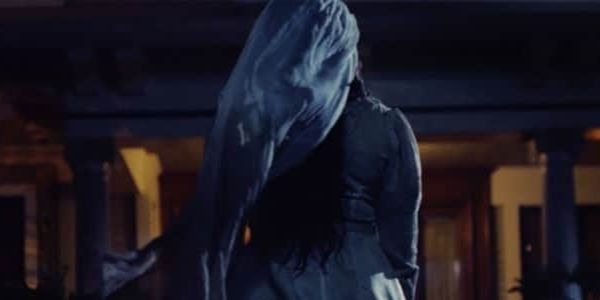
Usually, horror movies tackling real-life folklore or even truth-oriented stories are amplified — tailored with trite horror ingredients, meant to supply a flavor of horror that’s transient or inert. Unfortunately, The Curse of La Llorona is one of many missteps in the modern trend of fact-based horror movies that are plaguing horror cinema. A sufficient portion of The Conjuring universe is entirely made up of Ed and Lorraine Warren’s case files as paranormal investigators. Although slathering “Based on a true story” or “Based on real events” are hypnotic marketing tools, alluding the viewer to an unholy evil that has/or still does exist (according to the film, at least), I can’t help but view the truth-related horror pieces as a specious excuse to belittle the essence of horror.
A great horror film enchants its audience with reflective and even modest horror: The characters should perceive the terror convincingly (dumb characters are infuriating), the imagery/violence should be restricted and meaningful to the story, and the plot should be progressing and trying to fulfill the filmmaker’s perspective. Despite the exaggeration that went into eliciting the panic in The Conjuring movies, it’s almost impossible to disdain James Wan’s riveting use of music, possession, violence and expeditious camerawork to elevate a sense of direction to an otherwise cliché-ridden script. At the end of the day, filmmaking is all about the execution.
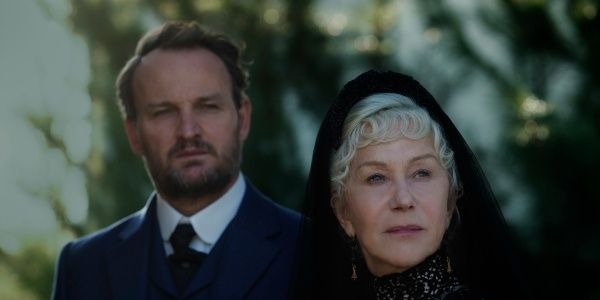
2018’s Winchester is a prime example of a horror movie gone south. Marketing Helen Mirren in the movie when the filmmakers only have a limited time slot (or budget) to showcase the wonderful Helen Mirren, that was only one of many irksome issues unfolding in Michael and Peter Spierig‘s horror undertaking. Despite lacking memorable horror and relying on cheap jump scares and loud noises, the true crime of Winchester was the utter paucity of exploration that went into Sarah Winchester’s state of mind. There’s so much mystery and dubiety behind Sarah Winchester and the construction of the Winchester house — which spans hundreds of rooms and seven stories high, yet any shred of towering apprehension is manipulated through hoary jump scares, darkly lit hallways and creaking doors.
Piercing horror repeatedly takes shape in psychological horror: Horror (either spurious or real) that plagues the character’s mind — and if successful, the horror will become mired in the viewer’s mind as well. Films like The Witch, It Follows and Hereditary all dredge up a razor-sharp, deeply evocative glance at familial tragedy, lingering paranoia and the influence of one’s circumstances. However, every fact-oriented horror story has the faculty to delineate a screenplay that not only sends numerous chills but resonates with being human as well.
So when Winchester neglects to explore the complicated character of Sarah Winchester (and the prospective examination of mental health), I’m less forgiving because the filmmaker appears to have abandoned character development and any sort of risk for the sake of colorless terror. When The Curse of La Llorona swiftly ignores the traumatic backstory of La Llorona and her humanity, I’m disappointed because the script was rather focused on tying La Llorona into The Conjuring universe (not a spoiler, it said so on the poster) and creating a new, soulless entity.
So How Would One Go About to Attain the Potential?
Movies are subjective; horror movies are even more so because what frightens one person may not have the same effect on another. There’s a difference between quality and enjoyment, however; someone may enjoy a really shoddy movie with glossy spectacle, while someone else may not enjoy an outré arthouse film. The same goes for every genre and every movie. But when the “true story” statement is plastered on a poster or incorporated in a trailer, marketing executives seem to believe this will pull audiences in because it’s “true”, right? It’s infeasible to think you can please everyone, but a director and writer should recognize the opportunity given to them because, in this case, there’s a folktale, historical background and real-life deliberation regarding the topic/entity in question.
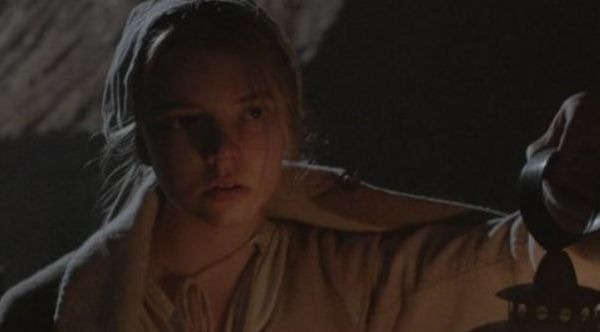
Attaining a movie’s potential is more or less about fulfilling the director’s own vision, and defending that vision because he/she felt confident enough to put their name behind the project. Sometimes things don’t go as planned, or maybe the director(s) of The Curse of La Llorona and Winchester are proud of their work — but if they aren’t, they can learn from the experience. That goes for everybody trying to seek their cinematic voice. Film is all about taking creative leaps and expressing oneself, and from what I’ve seen from The Curse of La Llorona, it’s part of a bigger problem. About every other horror movie Hollywood churns out today is a drab imitation of another drab imitation. Then again, sometimes there are movies like The Witch, Hereditary, It Comes At Night, The Babadook, It Follows and Goodnight Mommy, which breathe new life in the faulty horror genre Hollywood has been kindling for profit.
Conclusion: Where’s the Horror?
Even in horror movies that are based on true stories, the tired horror tropes tend to reveal themselves like a pesky little demon consuming the soul of the movie. Creaking doors, flickering lights, ear-splitting music/sound design that lacks inspiration and the occasional shot that implies to a jump scare or a fake-out. These elements aren’t necessarily nocuous, chiefly because it relies on the execution and how the director tinkers with the familiar ingredients. But jump scares (and fake-outs) are lazy attempts to engender a fugacious scare or two.
The Curse of La Llorona failed to expand the subject matter of La Llorona, portraying the motivations of La Llorona as any other demonic presence by rendering her a beacon for jump scares. This happens a lot with horror movies hinged on an established folktale or spiritual case. All-bark-and-no-bite. It’s always a real shame to see such promise drained from a promising concept about the undead or the afterlife. It takes a snippet of relatability, character exploration, imagination and uncertainty to truly petrify a viewer without insulting their intelligence.
Do you believe horror should focus more on the psychological facets of the lead character and the entity’s motivations? What kind of horror do you like to sink your teeth into? In your opinion, does modern horror still live up to genuine fear?
Does content like this matter to you?
Become a Member and support film journalism. Unlock access to all of Film Inquiry`s great articles. Join a community of like-minded readers who are passionate about cinema - get access to our private members Network, give back to independent filmmakers, and more.
Andrew Stover is a film critic/writer from the Chicagoland. His film & TV reviews can be found on Film Inquiry & Film Threat.

